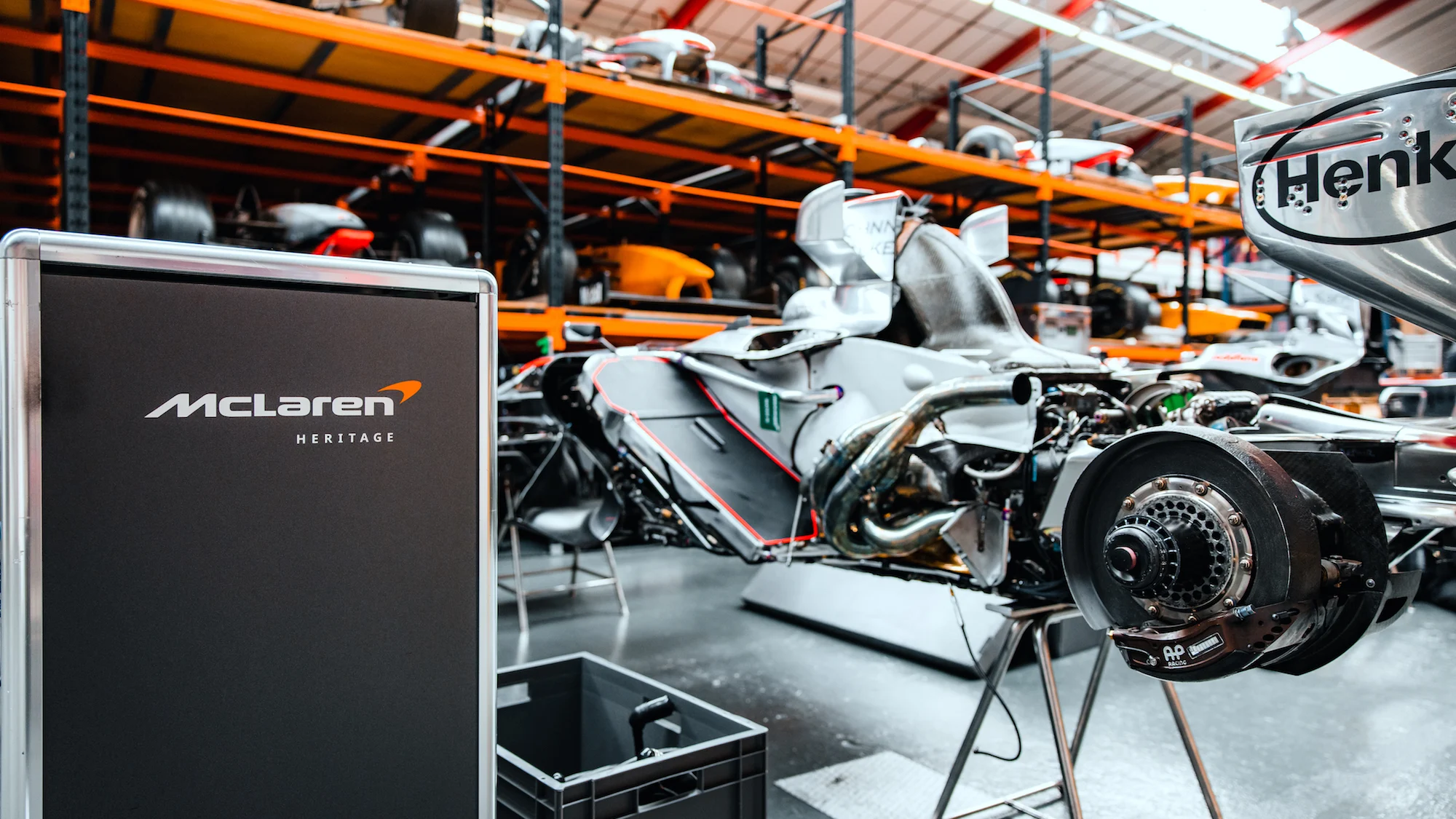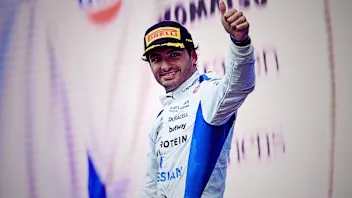Inside the secret warehouse that’s home to a treasure trove of historic McLaren F1 cars

If you’ve only got recent knowledge of Formula 1 – and specifically the McLaren team – you’ll know them as the papaya-coloured race cars driven by Oscar Piastri and Lando Norris. You may also remember Daniel Ricciardo’s shock victory in the 2021 Italian Grand Prix – their first visit to the top step in almost a decade.
If you’ve followed F1 a little longer, your memory bank could include their most recent World Championship victory with Lewis Hamilton in 2008, when they raced in chrome colours – and perhaps Mika Hakkinen’s two titles after he defeated Ferrari’s Michael Schumacher, or one of the sport’s most famous team mate rivalries featuring greats Alain Prost and Ayrton Senna.
Next Up
Related Articles
 ExclusiveWhy Gasly feels ‘ready for my time’ in F1
ExclusiveWhy Gasly feels ‘ready for my time’ in F1.webp) End Of Year Reports 2025Alpine’s best and worst moments from 2025
End Of Year Reports 2025Alpine’s best and worst moments from 2025 WATCH: F1 Animated returns for a look back at 2025
WATCH: F1 Animated returns for a look back at 2025.webp) End Of Year Reports 2025Aston Martin’s best and worst moments from 2025
End Of Year Reports 2025Aston Martin’s best and worst moments from 2025 ExclusiveWhy Sainz feels ‘vindicated’ after his first Williams year
ExclusiveWhy Sainz feels ‘vindicated’ after his first Williams year.webp) End Of Year Reports 2025Ferrari’s best and worst moments from 2025
End Of Year Reports 2025Ferrari’s best and worst moments from 2025
